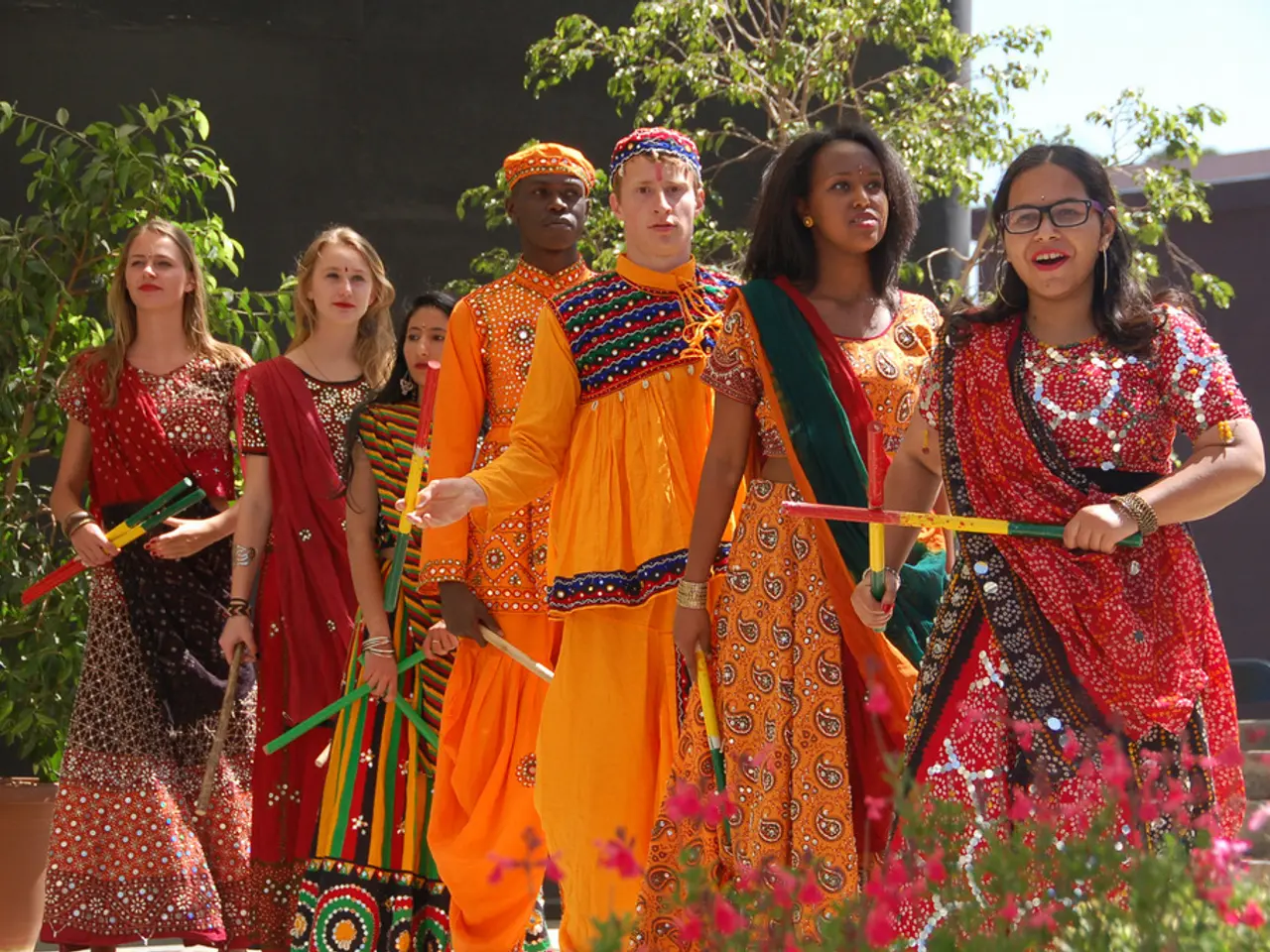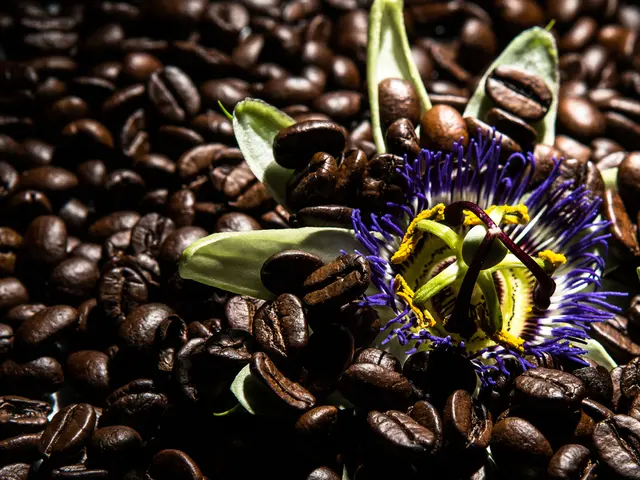India's Traditional Weaves and Textile Legacies Commemorated on National Handloom Day 2025
Every year on August 7, India observes National Handloom Day to honour the launch of the Swadeshi Movement in 1905 and the rich textile heritage that this movement sought to preserve.
The Swadeshi Movement, a significant part of India's struggle for independence, was sparked by the British decision to partition Bengal. This economic resistance strategy called for the boycott of British goods and the promotion of indigenous industries, such as handloom weaving. Handloom textiles became a powerful symbol of this resistance, embodying economic self-reliance, cultural identity, and national pride.
The handloom sector plays a crucial role in India's economy, serving as a significant employer in rural areas and contributing substantially to export earnings. Beyond economics, National Handloom Day promotes sustainability, ethical fashion, and cultural revival by encouraging people to support local artisans and indigenous crafts.
In 2015, Prime Minister Narendra Modi officially declared August 7 as National Handloom Day, linking modern India's respect for handloom to the legacy of the Swadeshi Movement. This celebration renews the spirit of self-sufficiency championed by leaders like Mahatma Gandhi, who emphasized khadi and handwoven cloth as symbols of independence.
Maheshwar, a town located 95 km from Indore, is known for its handloom weaving tradition, which began during the reign of Queen Ahilya Bai Holkar. Ahilya Bai Holkar was a patron of the arts and crafts, and opened her doors to poets, scholars, and artists in Maheshwar. The weavers in Maheshwar have evolved their process to meet changing demands, resulting in lightweight sarees characterized by their slow, laborious weave.
Other Indian handloom masterpieces include Khandua from Odisha, Muga Silk from Assam, Phulia cotton from West Bengal, Kota Doria from Rajasthan, and Pochampally from Telangana. Chanderi in Madhya Pradesh and Kanchipuram silk from Tamil Nadu are examples of Indian handlooms that showcase innovation and timeless elegance.
Archana Jaju, Creative Director and Founder of her eponymous label, supports the revival of weaves by blending tradition with contemporary flair in her designs. The pandemic has taught the value of sustainable and slow fashion, which Archana's label follows, ensuring ethical sourcing and fair wages for artisans.
National Handloom Day commemorates the Swadeshi Movement's launch on August 7, 1905, protesting the Partition of Bengal, the economic and cultural importance of the handloom industry, the nationalistic spirit of economic self-reliance, and the preservation of India's textile heritage and rural livelihoods.
References:
- https://www.thehindu.com/news/national/national-handloom-day-2023-celebrating-indias-handloom-heritage/article66156182.ece
- https://www.indiatoday.in/education-today/gk-current-affairs/story/national-handloom-day-2023-celebrating-indias-rich-textile-heritage-1908148-2023-08-07
- https://www.thebetterindia.com/285323/national-handloom-day-2023-celebrating-indias-rich-textile-heritage/
- https://www.thehindu.com/news/national/national-handloom-day-2023-celebrating-indias-handloom-heritage/article66156182.ece
- https://www.news18.com/news/buzz/national-handloom-day-2023-celebrating-indias-rich-textile-heritage-4629795.html
This article was first published in August 2023, and has since been updated.
Handloom weaving, a significant part of the Swadeshi Movement's strategy for economic resistance, represents not only economic self-reliance but also cultural identity and national pride. To celebrate the revival of handloom weaving and its historical significance, supporting local artisans and indigenous crafts in fashion-and-beauty and home-and-garden lifestyle choices can foster sustainability and ethical practices.








